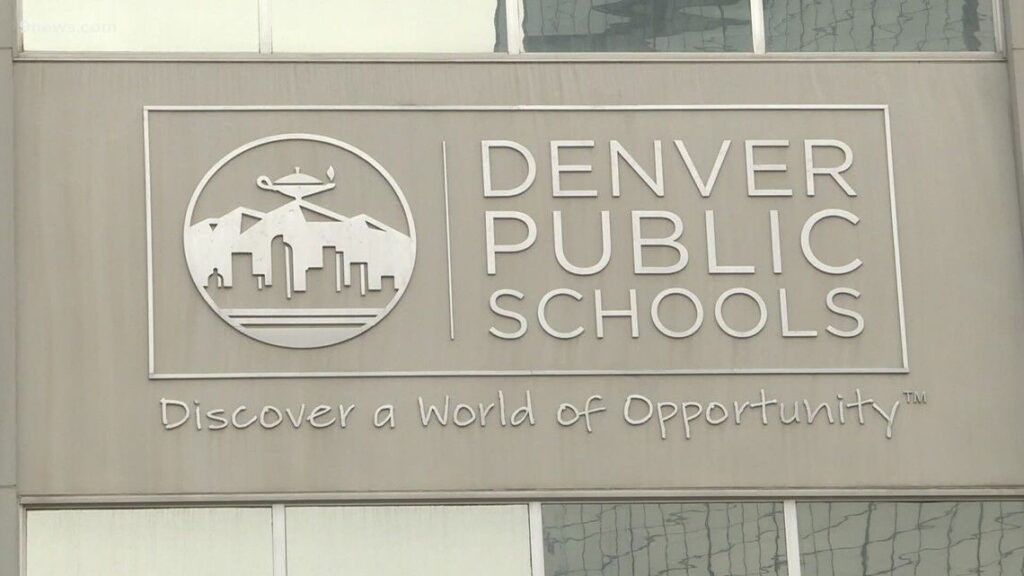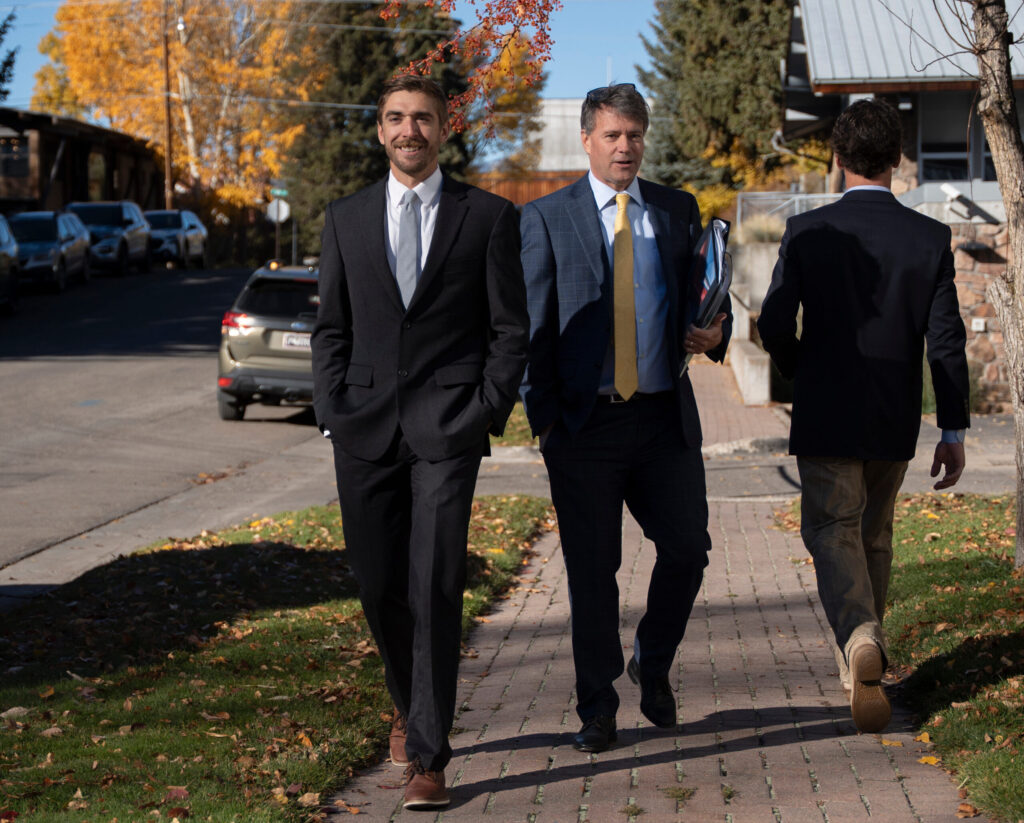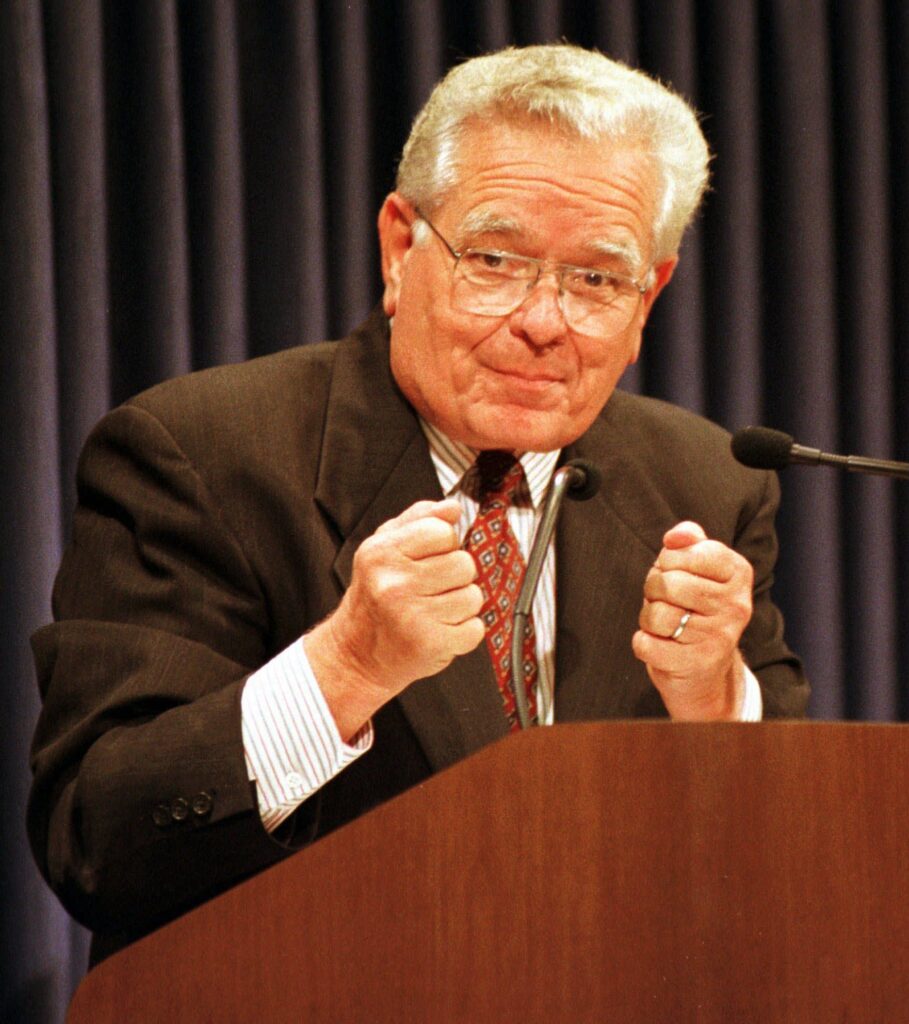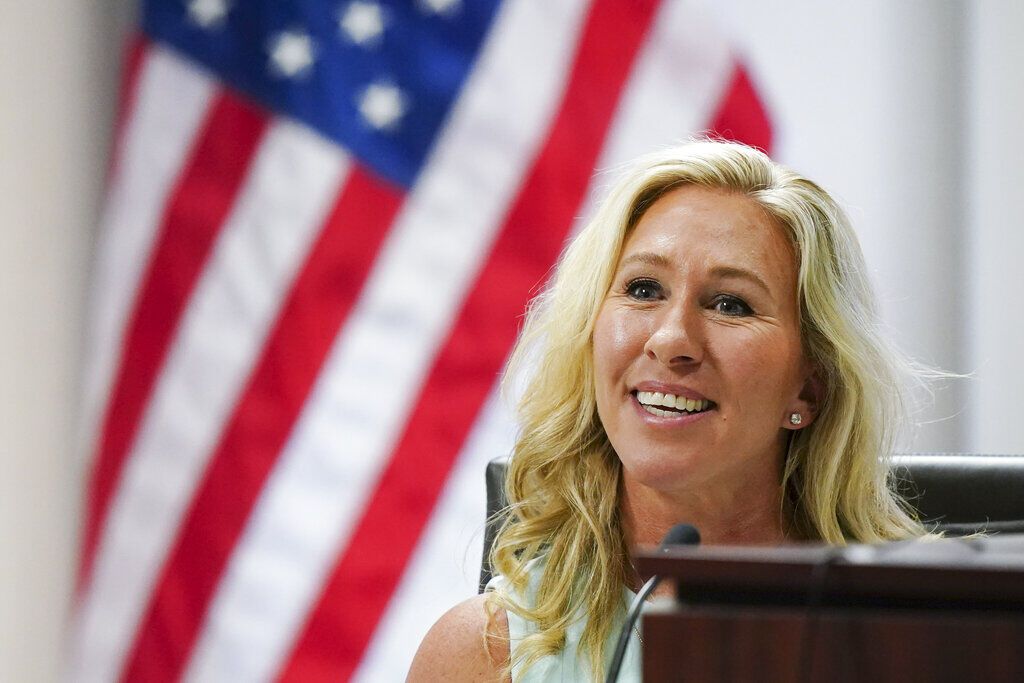Federal funding suspended: Palisade sewage lagoon project in limbo
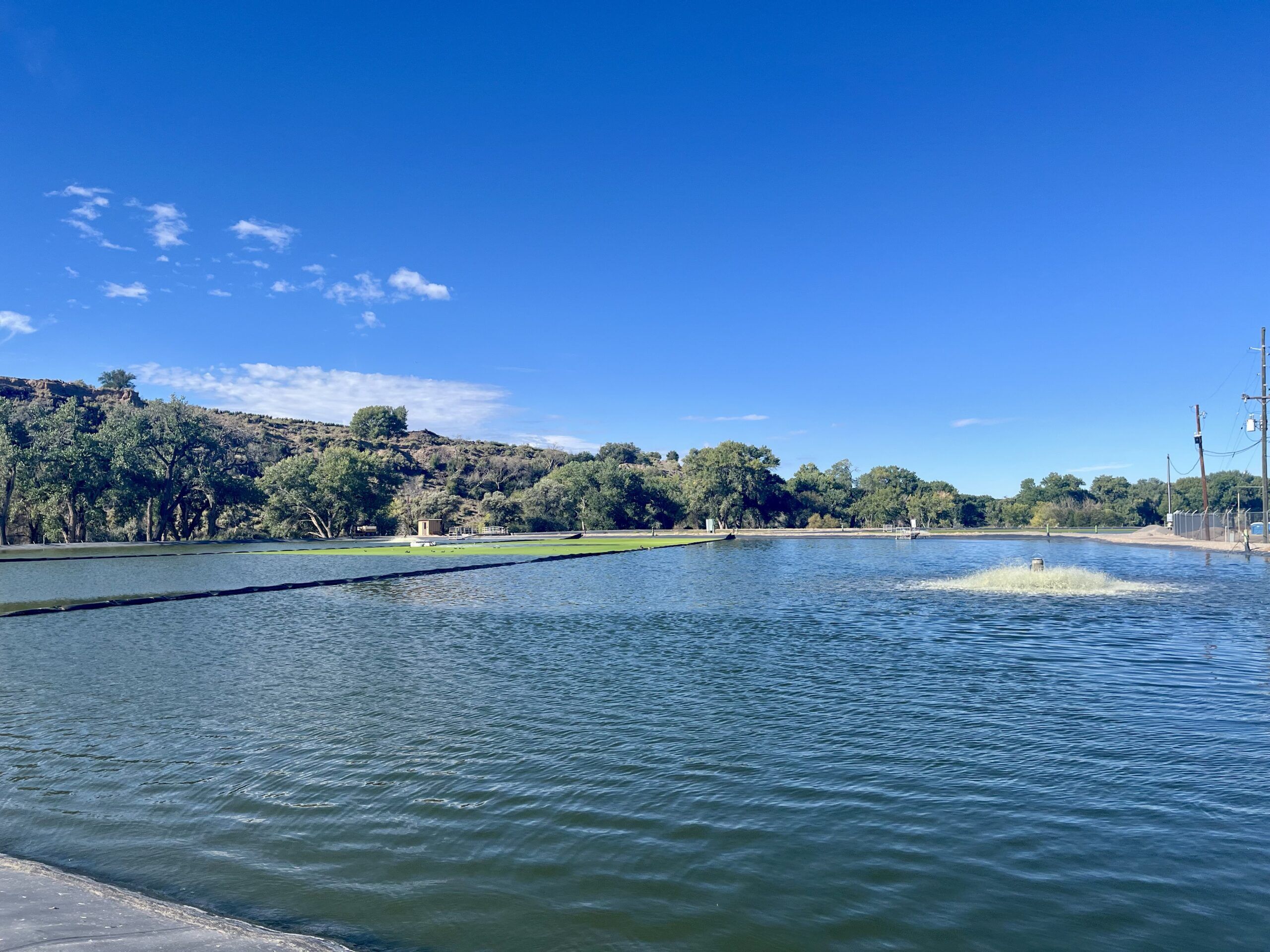
Overlooked by sloping vineyards and peach orchards, Palisade’s four sewer lagoons will soon stand empty without the $3 million in what is known as B2E (Bucket 2 Environmental Drought Mitigation) funding from the Bureau of Reclamation.
In the 1960s, the town of Palisade built four sewer lagoons on a raised bank of the Colorado River to provide sanitation for the town. That system has been updated and expanded in the decades since.
Still, the aerated lagoons, which provide microbial digestion of organic load, are not capable of nutrient reduction; including ammonia, selenium, nitrogen, and phosphorus, which can be harmful if introduced to waterways like the adjacent river.
In 2027 the Colorado Department of Public Health and Environment and the EPA Water Quality Standards for discharge will come into effect and, if those new rules are not met, Palisade could face fines up to $54,833 per day per violation.
Over the course of fifteen years Palisade has actively sought to upgrade its sewer system. Former mayor Dave Walker addressed a Board of Trustees work session in May 2024 about the process of upgrading the lagoons.
“I spent two years of my public life working on the sewer project for the town of Palisade and we achieved what we thought was going to be an end product in 2010 with construction in 2012,” Walker said. “That didn’t happen.”
Several different options were considered from the town opting to building its own chemical treatment facility or constructing a six-mile pipeline to the Clifton Chemical Plant.
“For us to build a chemical plant was over $30 million,” Town Administrator Janet Hawkinson said. “To consolidate with Clifton just makes sense. It’s just better for everyone to have one treatment plant along the river and it’s less expensive than building one.”
Still, to consolidate the wastewater treatment facilities would cost $24 million. In April 2023 it was announced by the Bureau of Reclamation that Palisade would receive a loan of $16.5 million and a $5.6 million grant for the project.
“We are working for the project to start this winter/spring 2026 for construction on the pipeline,” Hawkinson said. “The engineering is complete. The project to construct the pipeline and lift station is estimated for 2 years because we cannot work along the canal with water, so only work in the winter.”
The lagoon draining and reclamation of liners will take a year after the pipeline to Clifton is connected, so roughly 2028-2029
But the nine-acre lagoon site at a picturesque bend of the Colorado River may languish empty and as is due to a federal funding pause.
“We were given the funding and then days later it was frozen,” said Hawkinson.
The funding had come through January 17 at the tail-end of the Biden Administration. The Bureau of Reclamation awarded $388 million through the Inflation Reduction Act to fund 42 projects along the Colorado River’s Upper Basin.
Three days later, the Trump administration issued an executive order, “Unleashing American Energy,” which said “all agencies shall immediately pause the disbursement of funds appropriated through the Inflation Reduction Act of 2022.”
The reclamation of the Palisade sewer lagoons was one of 17 projects put on hold. The funding would enable the city to grade the site down nearly 15 feet to the level of the Colorado River and return the land to a riparian habitat, seeded with native plants and trees, perfect for the ducks which migrate through the area.
Ducks Unlimited and the Colorado Parks and Wildlife contributed a total of $50,000 for a planning grant which the city of Palisade matched with another $25,000. This fall, even with the funding for the full project frozen, Palisade will begin the planning process.
“We are a staff off three and we only have so much capacity at the staff level,” Hawkinson
“This is not a strictly environmental project but a reclamation project,” Hawkinson said. “After upgrading our sewer infrastructure according to EPA and CDPHE standards we want to finish the project and clean up a site, so that it can be added onto an existing park. It’s about cleaning up the site, so we don’t have a Brownfield (contaminated by pollutants) site.”
Hawkinson stresses that even with a Palisade population of under 2,000 the nearby Riverbed Park sees an average of 7,000-10,000 visitors a week and the addition of nine acres to the park, the end goal of the reclamation project, would be a huge boost to the community.
“In rural Colorado we know how important water is,” Hawkinson said. “Everyone was excited about the wetlands we are looking at recreating. There is so little land in Colorado, by rivers, that is open to the public.”
The Denver Gazette reached out to the Bureau of Reclamation’s Interior Region 7 regarding the status of funding for the project but received no response.
“This used to be the town dump,” Hawkinson said. “I’m worried that nine acres of ponds and chain link fences are going to entice kids and vandalism. The site needs to be cleaned up. This is a public utility and not a ‘fluffy environmental project.’”


